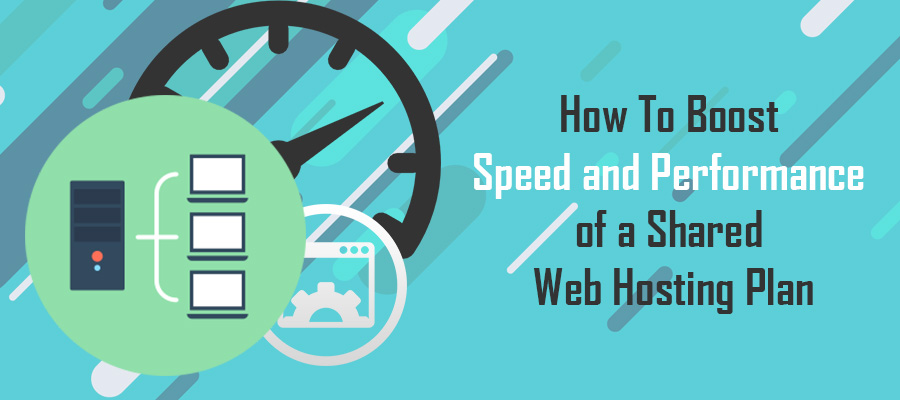 Whether you’re starting your first website, or already have an established platform, shared web hosting is among the most popular hosting options. While you may be attracted to its affordability and widespread availability, there are some drawbacks from this level of hosting.
Whether you’re starting your first website, or already have an established platform, shared web hosting is among the most popular hosting options. While you may be attracted to its affordability and widespread availability, there are some drawbacks from this level of hosting.
The most notable disadvantage of a shared hosting plan boils down to speed. Although a shared plan isn’t as sluggish and unreliable as a free plan, your site’s performance is directly impacted by the shared server infrastructure, as well as the activity of other websites hosted within the same server.
Unfortunately, upgrading to a dedicated server, VPS or cloud-based hosting option isn’t as cheap or easy as this common hosting option. Therefore, regardless of the threat of dulled website performance, millions of website owners select the cheapest and most common shared webhost to build their website, without proper research into the other hosts out there.
Of course, just because you use a shared hosting plan it doesn’t mean you’re destined for a sluggish site. In fact, many of the top hosting providers offer powerful solutions built upon the latest technology to keep your site as swift as possible. While these changes have enhanced the average response time for websites, it’s not a complete fix.
If you’re searching for a way to boost speed and performance of your shared web hosting package, there are several tips designed to provide instant and sustained speed increases.
Looking for our top shared web hosting company? We recommend Bluehost.
Supercharge Your Site With a CDN Solution
The most impactful way to transform your site from sluggish to supercharged is also among the easiest. If you’ve researched website optimization at any length, you’ve likely stumbled across the topic of Content Delivery Networks, or CDN.
In short, CDN’s offer a separated collection of servers throughout specific geographic areas. Each server hosts a mirrored copy of your site. When an end-user accesses your site, the server closest to them responds, which boosts page loading speeds.
What many website owners appreciate about this solution is it doesn’t require you to alter your hosting plan or make any dramatic site changes. Simply establish an account with a CDN, such as CloudFlare or your web hosts proprietary CDN (if available), and within a few minutes your site is blasted across the network.
Cache Your Website for Streamlined Speeds
Essentially, caching your website allows repeat visitors to access your site with lightning fast speeds. Executing web cache varies based upon your framework and level. For example, WordPress sites may install the W3 Total Cache plugin while static HTML sites must add code into their site files.
Check with your web hosting provider as many offer a built-in caching tool designed to effortlessly manage this essential web performance component.
Optimize Images and Delete Excess Media
In many cases, the cause of a slow web server isn’t because the hosting provider lacks the technology for speed. Rather, the culprit of a sluggish site is your own design and implementation tactics.
To immediately speed your site, make sure all images are fully optimized and compressed. Delete any image on your site that wasn’t compressed and sized before uploading and replace with the compressed/resized file. Keep image size around 70kb and compress JPEG files by 60 to 70 percent. Along with deleting unnecessary media files, this methodology reduces page weight and may boost site speed regardless of sever capabilities.


